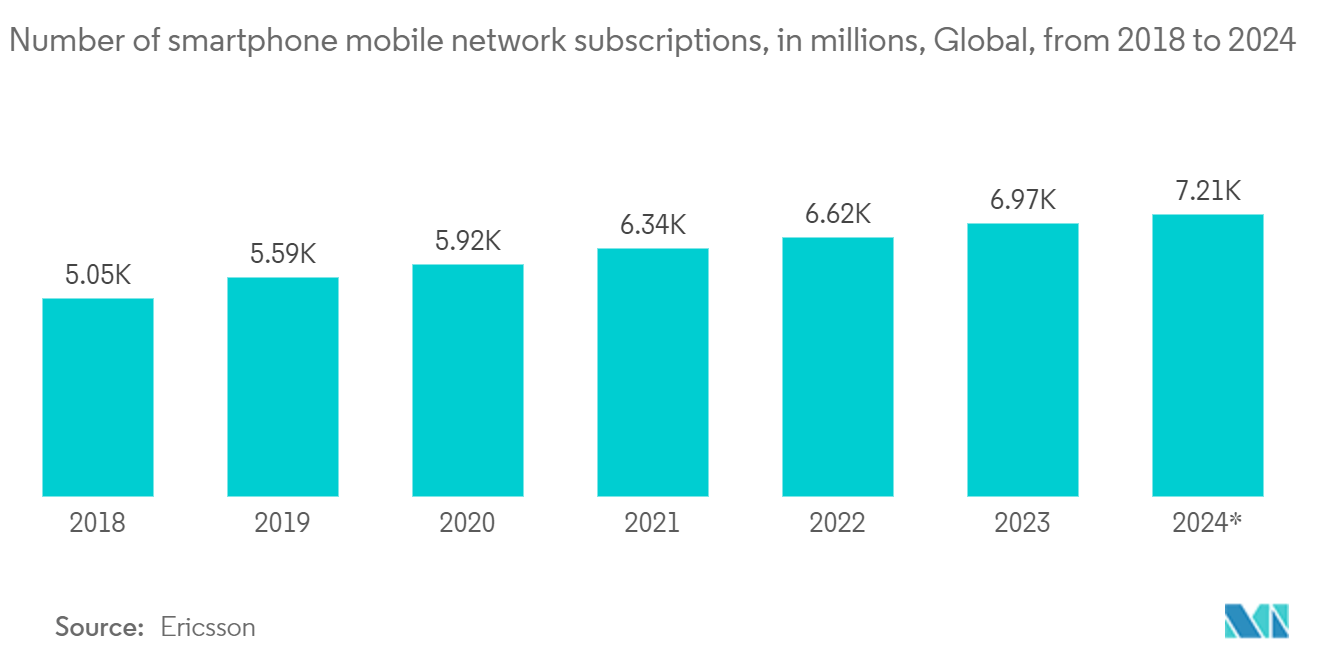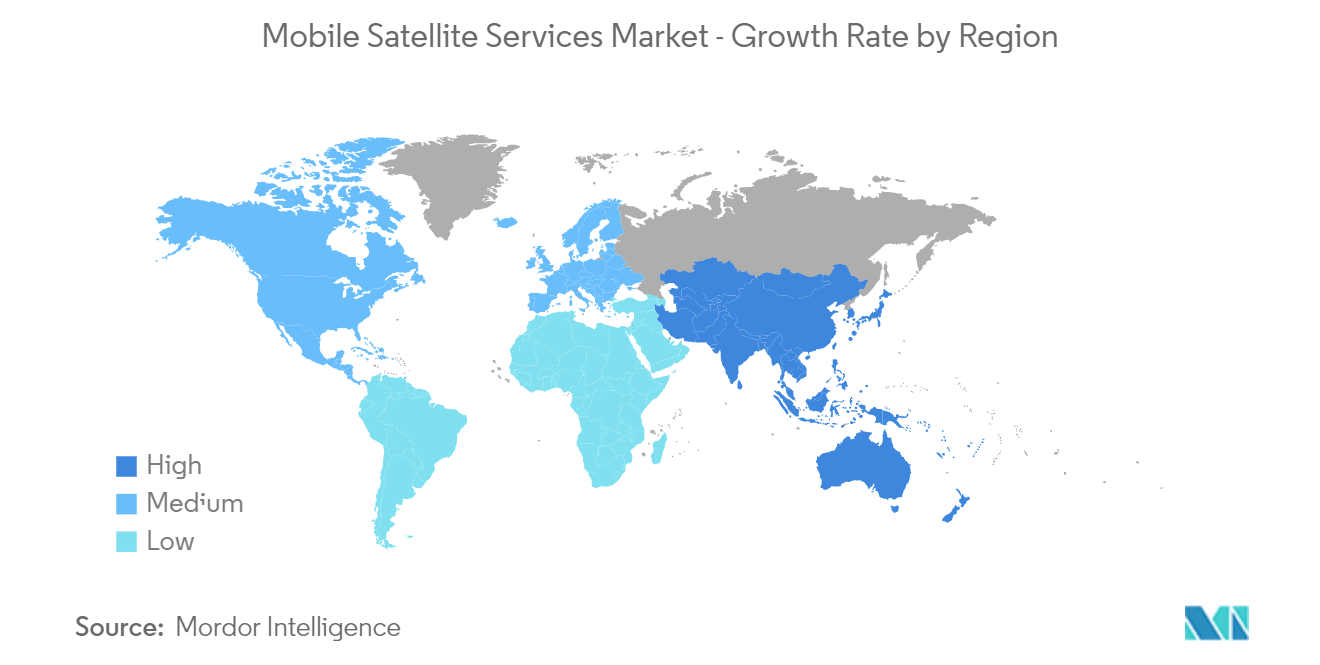Market Trends of Mobile Satellite Services Industry
Voice Service Segment is expected to register a Significant Growth
- Companies are offering portable and fixed phone services that provide essential voice calls and messaging for businesses operating in remote regions across the world. These voice services can be used on land, at sea, and in the air. They utilize advanced satellite communications networks, offering clear voice quality and minimal call dropout.
- For government agencies, voice mobile satellite services are an effective solution to manage coast guards and forest rangers, allowing them to help people on the borders and the islands. This is necessary during natural disasters.
- Apart from government agencies, businesses adopt voice satellite services to ensure continuous, uninterrupted communications for their crews in the fishery, mining, transport, construction, and tourism industries. Individual customers also benefit from voice satellite services, especially those who are always on the move or working in areas without cellular networks.
- Companies support polar adventurers by providing them with voice satellite services, which enable satellite connectivity for mobile devices that terrestrial networks cannot reach. For instance, Polar adventurer Antony Jinman used Iridium GO on his Antarctica trip.
- Companies are also adopting voice-based mobile satellite services to keep their employees connected with their families and close friends. For instance, INMARSAT offers one of the services called ChatCard, which helps to reduce feelings of isolation at sea by giving crewmembers the freedom to stay in touch with family and friends anywhere.
- For instance, American communications firm Viasat Inc. is headquartered in Carlsbad, California, and has other operations both domestically and abroad. Over 50% of Viasat's revenue in 2022 came from satellite services, with the balance coming from its product line. Viasat is a provider of secure networking solutions and high-speed satellite broadband services for the military and commercial markets. In the fiscal year 2022, the corporation made 2.8 billion dollars in revenue. Viasat's revenue steadily increased since 2019.

North America is expected to witness significant growth
- Among the lead innovators and pioneers in terms of adoption, North America is one of the largest markets for mobile satellite services. The growth in demand from end-user industries, such as government, maritime, and aviation, among others, is boosting the growth of the market in the region. Moreover, the region has advanced foothold technological infrastructure and improved network connectivity.
- The government agencies in the region have made significant efforts to introduce new satellite and navigation systems, which have further boosted the growth of the Satcom industry. For instance, in October 2022, in order to assist interested vendors in getting ready for potential solicitations in the fiscal year 2023, the U.S. Space Force released a list of future specifications for commercial satellite communications. The service mentioned that the 11 planned contracts for procurement are anticipated to last for the following 11 months. The estimated value of the five-year contract is between USD 620 million and USD 630 million.
- Another requirement listed is a recompete of a contract used to deliver Inmarsat's airborne broadband and Global Xpress services to the Department of Defense and other federal agencies. A potential five-year follow-on contract worth between USD 240 million and USD 250 million could be awarded in February 2023.
- Recently, SES GS announced that the U.S. General Services Administration's Future Satellite Communications Service Acquisition (FCSA) program had awarded SES Government Solutions the spot on the Complex Commercial Satellite Communications Solutions contract (CS3).
- This will likely allow the U.S. Government to take advantage of the most innovative offerings, including high throughput connectivity on a multi-orbit satellite fleet. Complex solutions will have any combination of fixed and mobile satellite services, service-enabling authorizations, components, and ancillary equipment, such as terminals, teleports, and peripherals.


